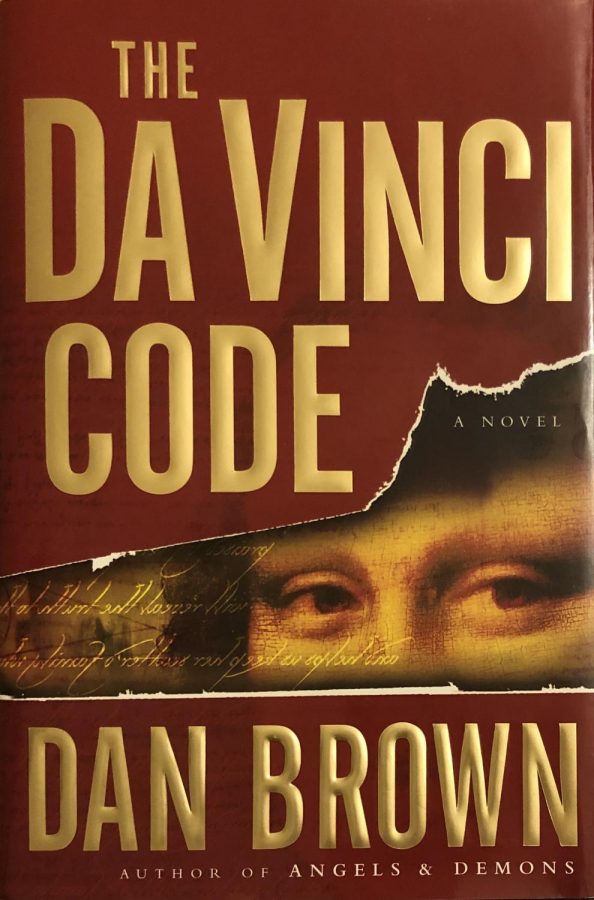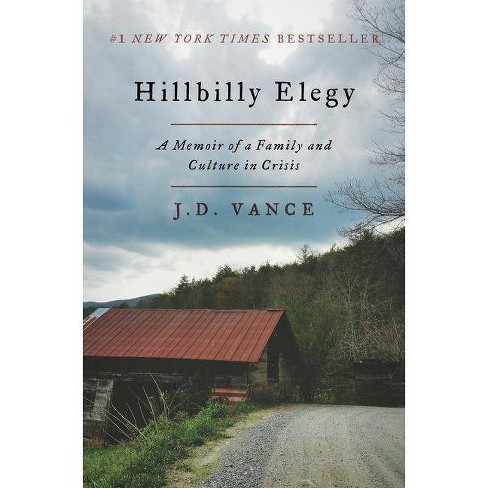Deonte Lee Murray, born June 2, 1984, was arrested in September 2020 and charged with shooting two Los Angeles County sheriff's deputies.
Here is Murray's criminal case history based on records from Los Angeles Superior Court. Note that in cases where a defendant is sentenced to jail, court records do not indicate how long the person spent incarcerated.
Aug. 19, 2002 (age 18): Murray pleads no contest to car theft and is sentenced to five days in Los Angeles County jail, 10 days of community service and 26 months of "summary probation" (this is also known as "informal" probation and does not require supervision by a probation officer).
April 25, 2003 (age 18): Murray is charged with possession of methamphetamines with the intent to sell. He pleads no contest. The next month he is sentenced to 120 days in L.A. County Jail and formal probation for three years.
Jan. 12, 2004 (age 19): He is charged with petty theft. He pleads not guilty. The charges are later dismissed without a trial.
Feb. 10, 2006 (age 21): Murray is charged with transporting or selling marijuana, possession of marijuana, and possession of a gun while committing a "street gang crime." The possession charge is dismissed while he pleads no contest to the other two. He is sentenced to two years in state prison for each of the two convictions.
Dec. 27, 2007 (age 23): He is charged with being a felon in possession of a gun and pleads no contest. A charge of "obliteration of identification marks" on a firearm is dismissed. He is sentenced to two years in prison.
Jan. 26, 2010 (age 25): Murray is charged with receiving stolen property, later pleads no contest, and is sentenced to two years in prison. He pleads not guilty to a charge of "petty theft with a prior." That charge is dismissed.
June 28, 2011 (age 27): He is charged with possession of methamphetamine, pleads no contest and is sentenced to one year of formal probation.
Sept. 11, 2011 (age 27): Murray is charged with receiving stolen property, later pleads no contest and is sentenced to two years in prison. Two other charges of burglary and possession of burglary tools with criminal intent are dismissed.
March 5, 2013 (age 28): Online court records show that a criminal case was filed in Los Angeles' Central Arraignment Courthouse on this date against Murray for a "violation" on Oct. 30, 2012. But the record indicates only two court proceedings in the case and no charges or sentencing details are shown.
July 11, 2013 (age 29): Murray is charged with possession of methamphetamine. He pleads no contest and is sentenced to 16 months in county jail.
July 26, 2013 (age 29): Online court records show that a criminal case was filed in Central Arraignment Courthouse on this date against Murray for a "violation" on July 17, 2013. But the record indicates only two court proceedings in the case and says "There are no charges for this case."
Aug. 16, 2013 (age 29): He is charged with four crimes on this date. Two counts of robbery and one of burglary are ultimately dismissed, but he pleads guilty to a different burglary charge. He is sentenced to 40 months in county jail.
Aug. 23, 2013 (age 29): Online court records show that a criminal case was filed in Central Arraignment Courthouse on this date against Murray for a "violation" on June 23, 2013. But the record says "There are no charges for this case" and offers no further details.
June 10, 2015 (age 31): Murray is charged with domestic violence. He pleads no contest and is sentenced to 60 days in county jail.
July 20, 2015 (age 31): Murray is charged with three crimes from a "violation" eight days earlier. He pleads not guilty to one count of domestic violence that is ultimately dismissed. He pleads no contest to charges of making criminal threats and disobeying a court order and is sentenced to 180 days in jail for each charge, plus five years of formal probation.
Oct. 26, 2016 (age 32): He is charged with being a felon in possession of a gun and assault with a firearm stemming from an arrest on Oct. 7. He pleads guilty to the possession charge; the other count is dismissed. On Jan. 6, 2017, he is sentenced to 32 months in prison.
Dec. 12, 2016 (age 32): He is charged with possession of methamphetamine and the next month pleads no contest. On Jan. 11, 2017, he is sentenced to 60 days in jail.
Oct. 3, 2018 (age 34): Online court records show that a criminal case was filed in Central Arraignment Courthouse on this date against Murray for a "violation" the day before. But the record says "There are no charges for this case" and offers no further details.
Jan. 30, 2019 (age 34): He is charged with possession of methamphetamine and later pleads no contest. The next month he is sentenced to 364 days in jail.
Feb. 1, 2019 (age 34): Online court records show that a criminal case was filed in Central Arraignment Courthouse on this date against Murray for a "violation" four days earlier. But the record says "There are no charges for this case" and offers no further details.
Feb. 18, 2019 (age 34): Online court records show that a criminal case was filed in Central Arraignment Courthouse on this date against Murray for a "violation" eight days earlier. But the record says "There are no charges for this case" and offers no further details.
March 16, 2020 (age 35): Murray is charged with possession of marijuana, possession of drug paraphernalia, and driving without a license. All charges are dismissed on July 22.
Sept. 17, 2020 (age 36): Murray pleads not guilty to carjacking and robbery in connection with a Sept. 1 event. While in jail, police identify him as the suspect in the shooting of two sheriff's deputies on Sept. 12. He is charged with two more counts of attempted murder, assault with a semiautomatic firearm, and three counts of possession of a gun by a felon. He pleads not guilty to all the charges.
Summary: In the 18 years he has been an adult, Deonte Murray has been convicted of at least 16 crimes and been sentenced to nearly 20 years in jail.














